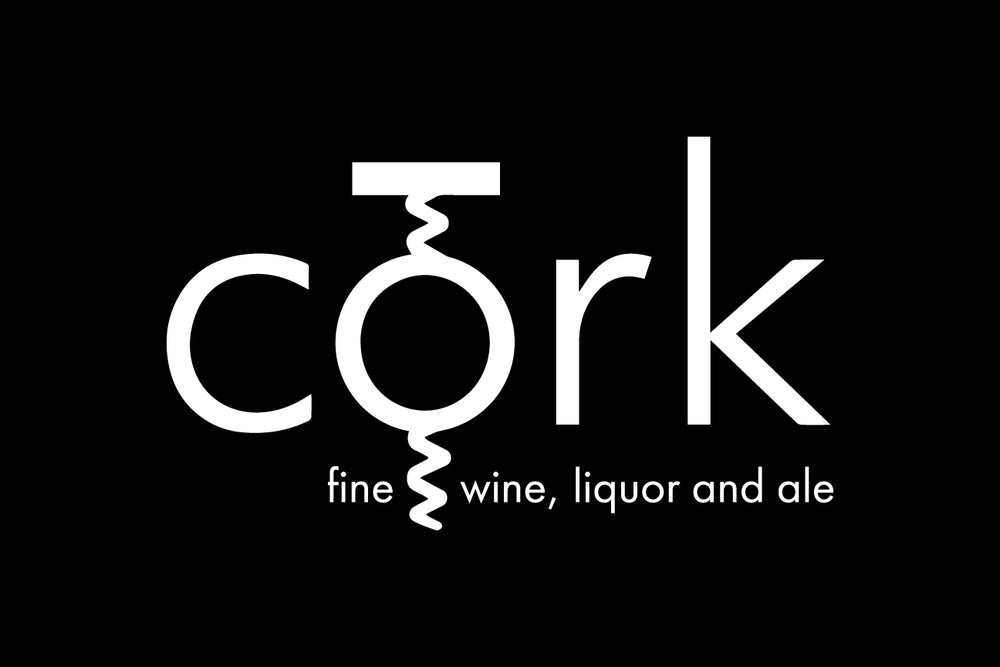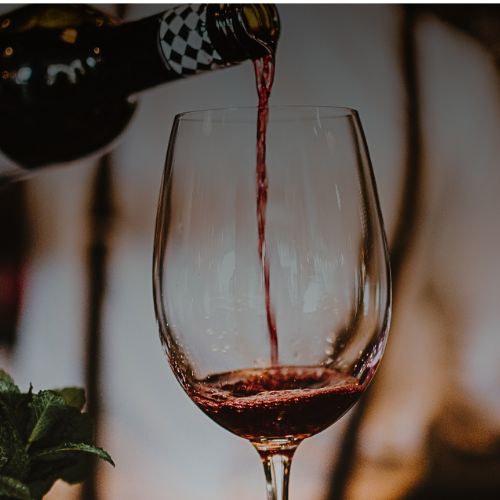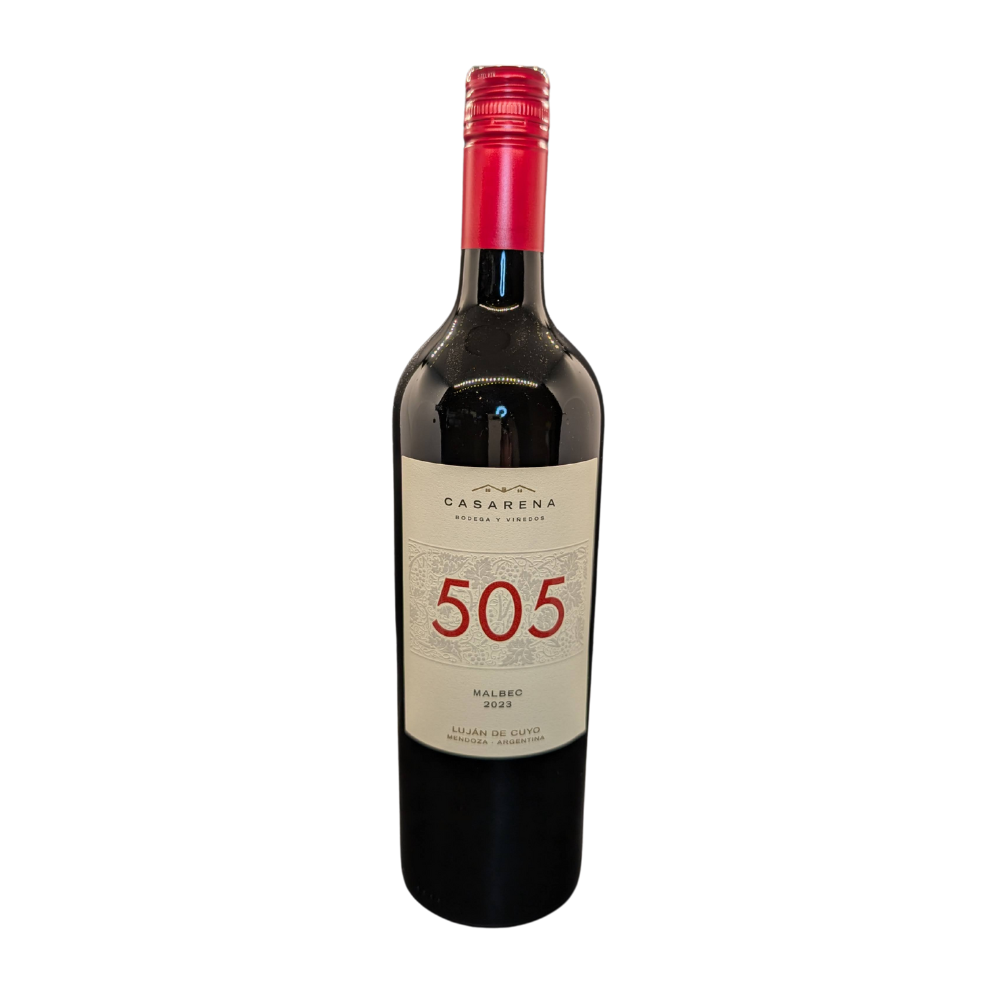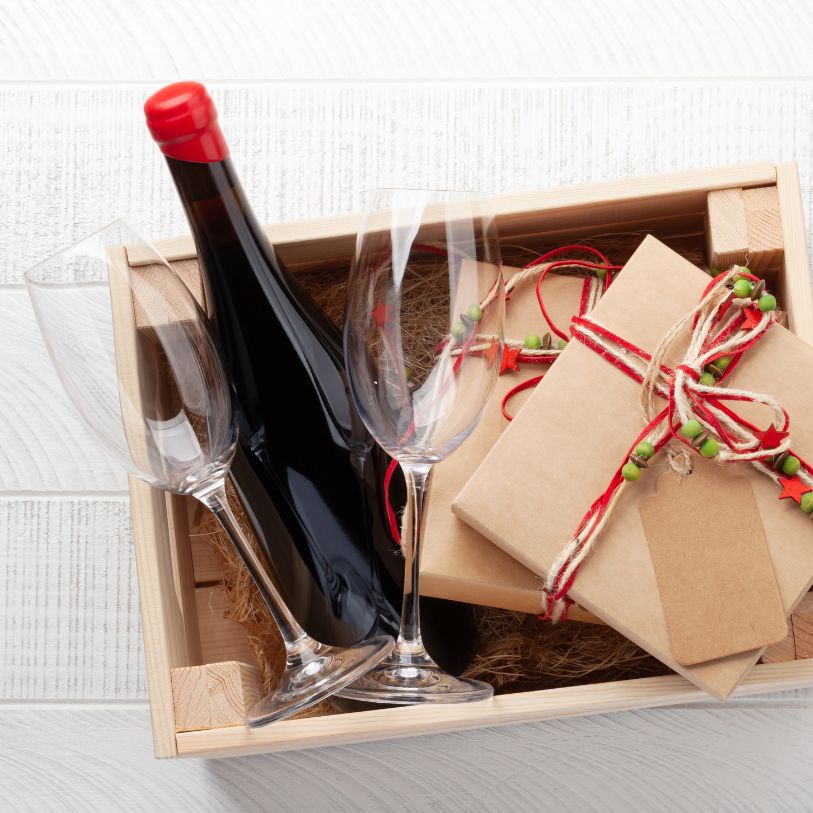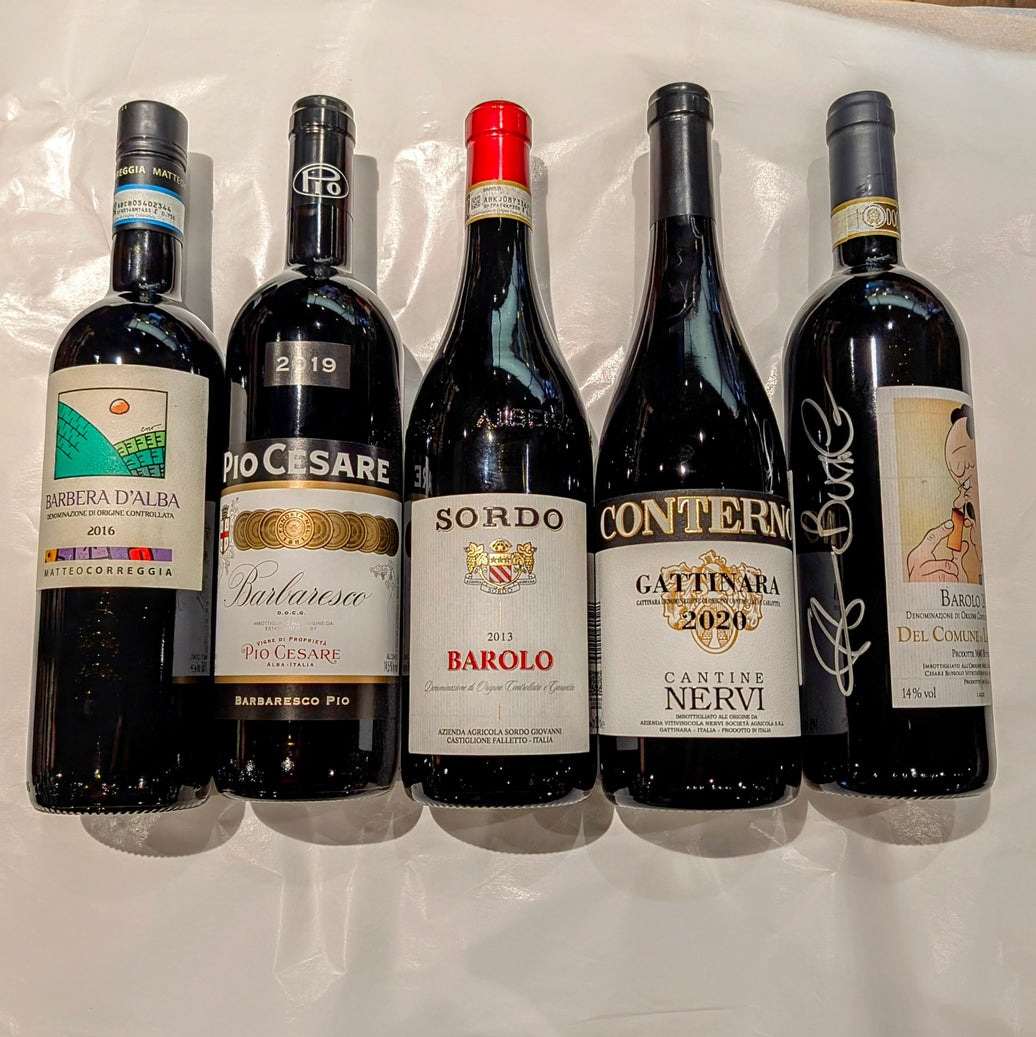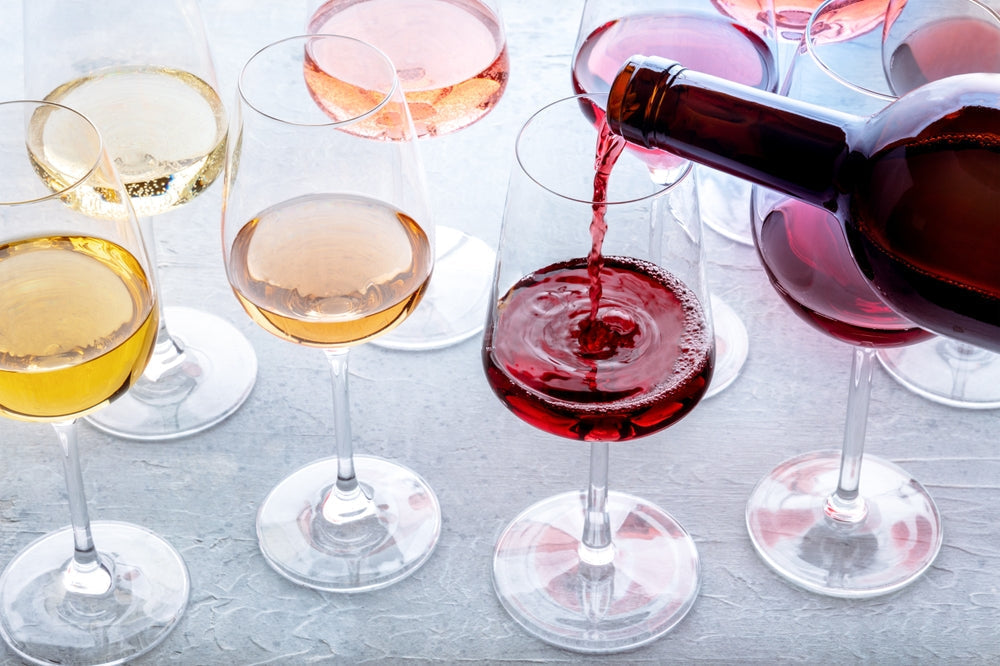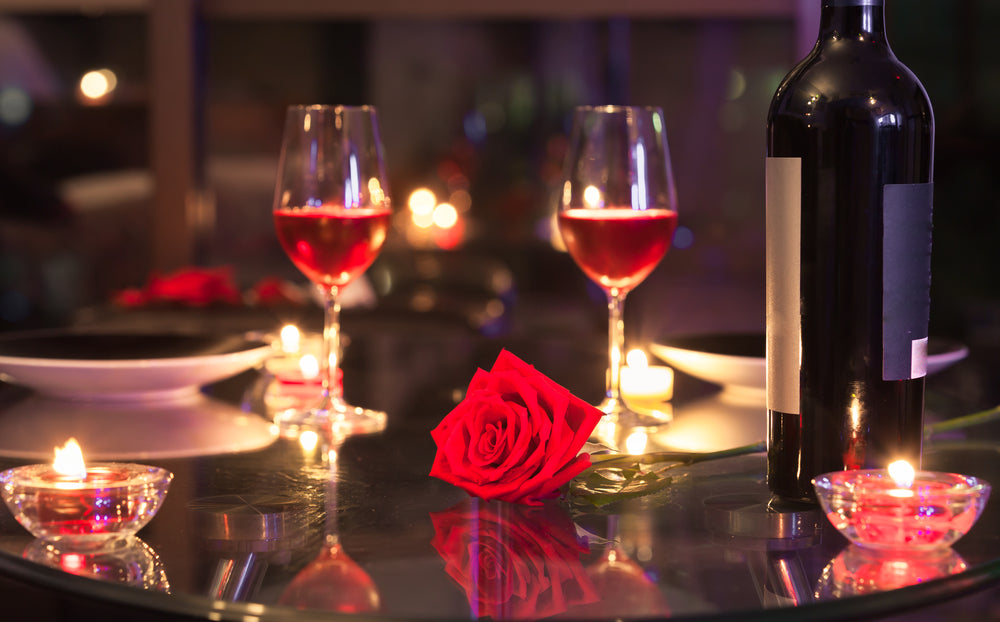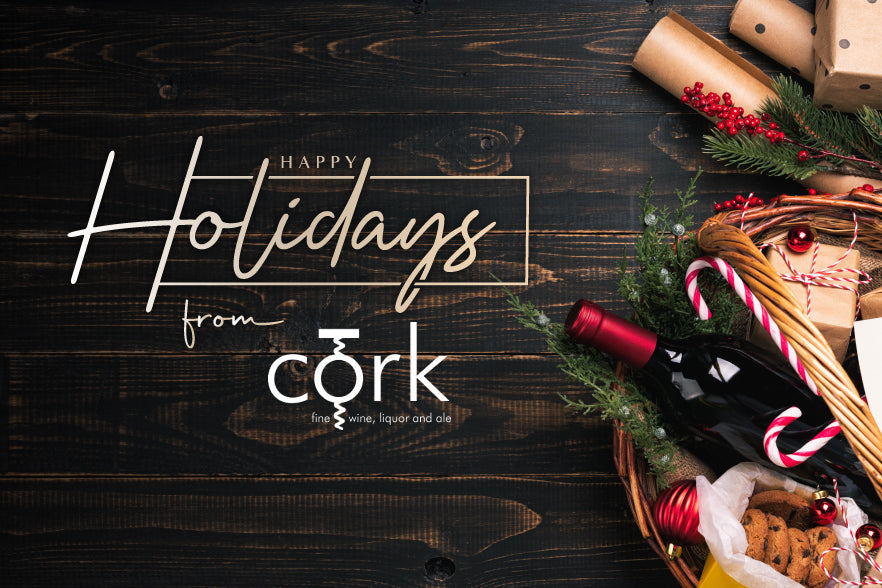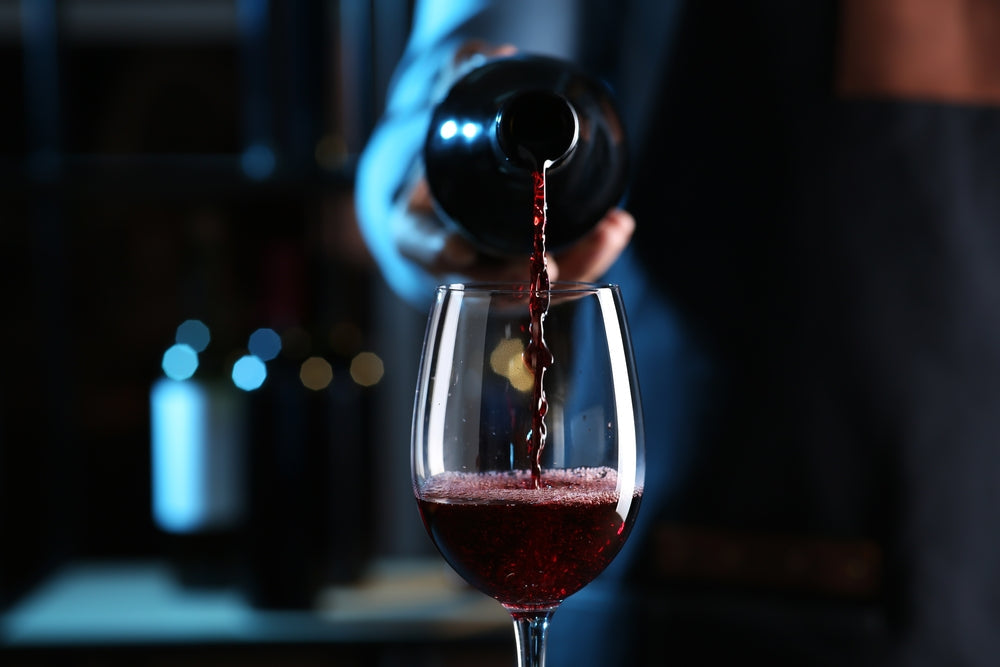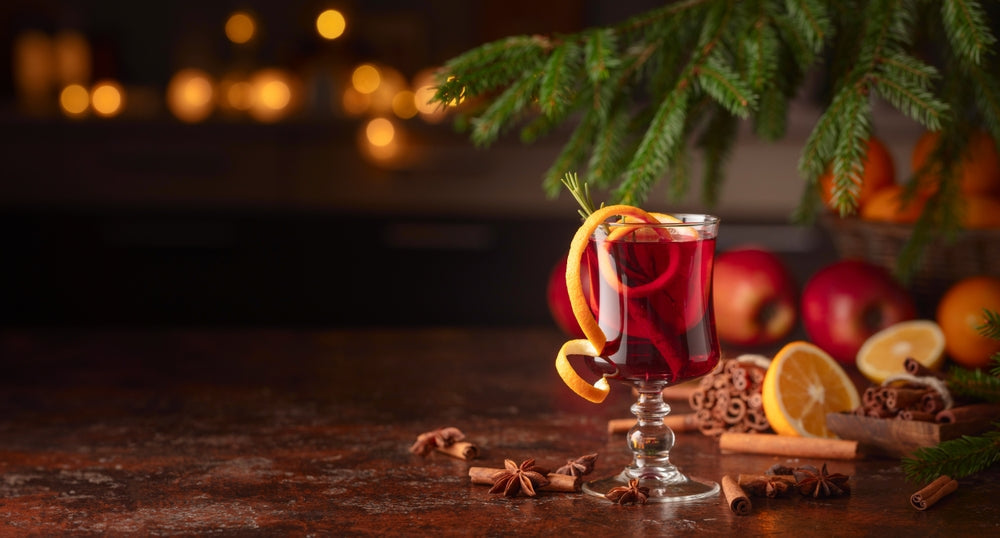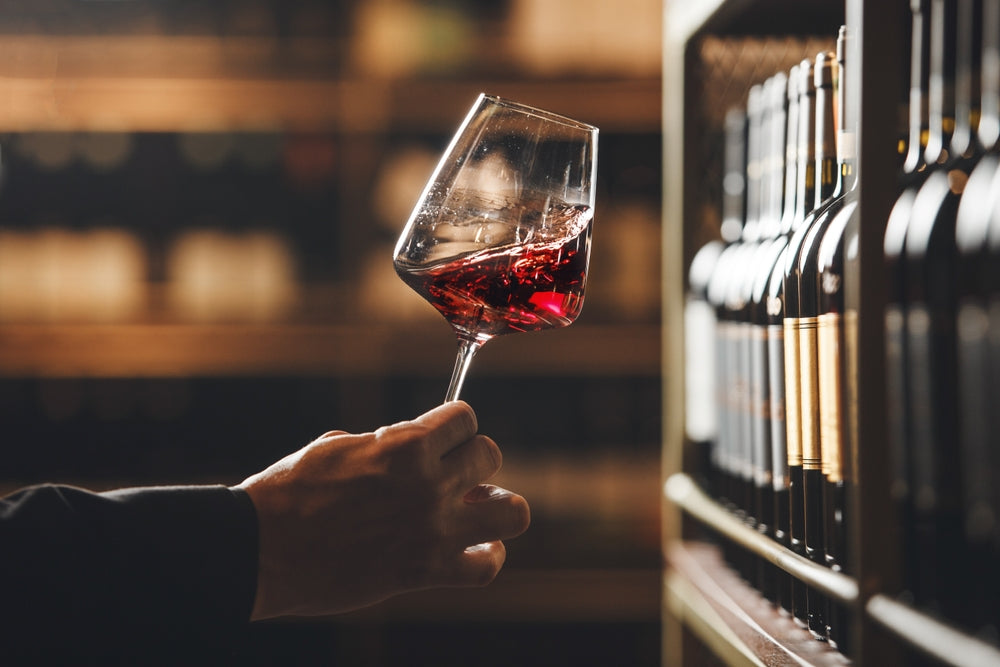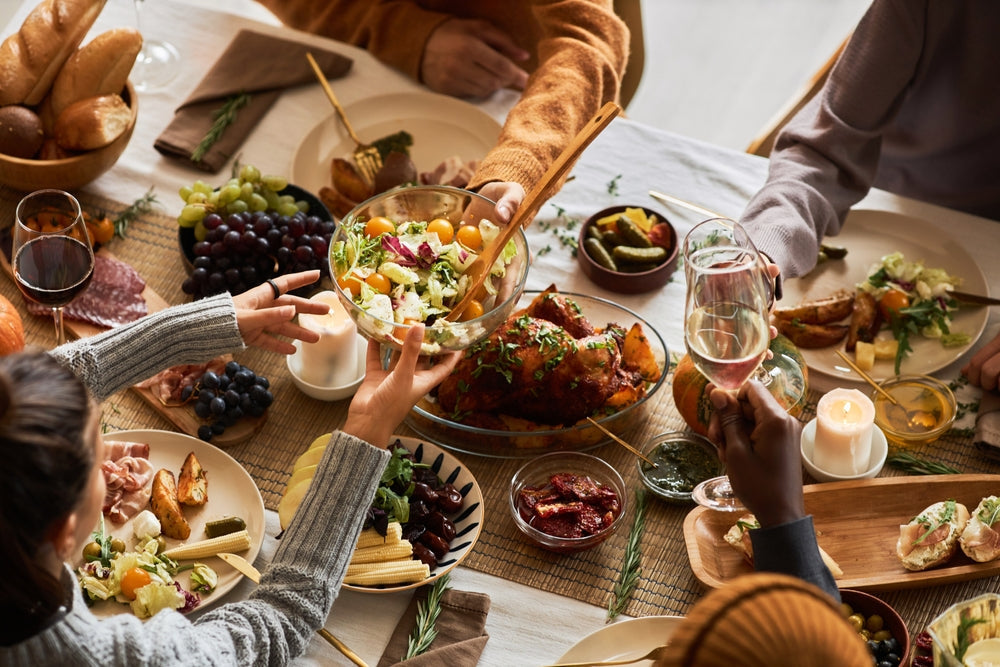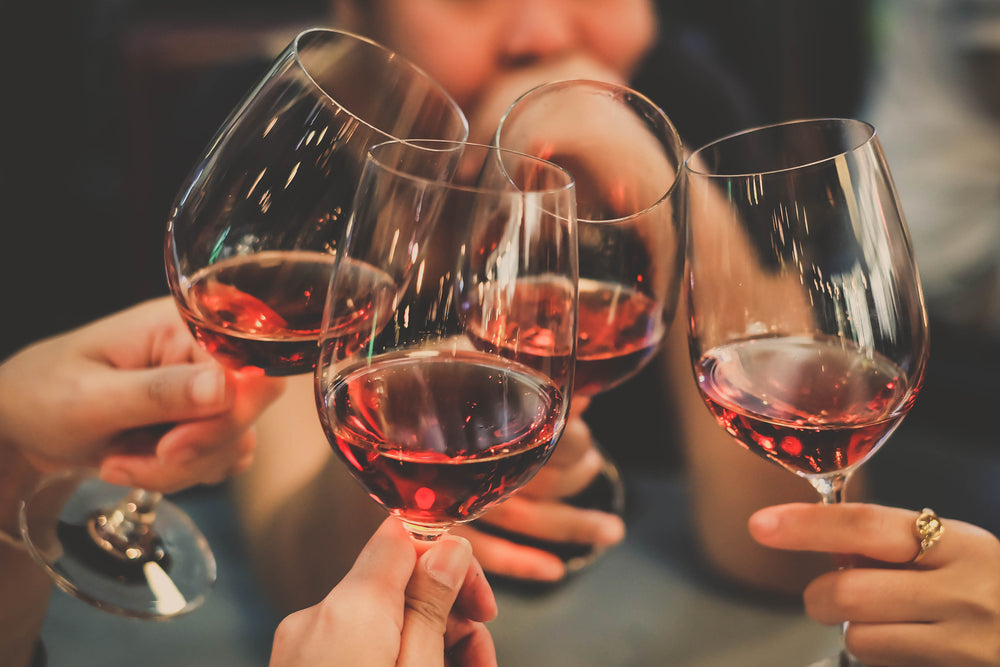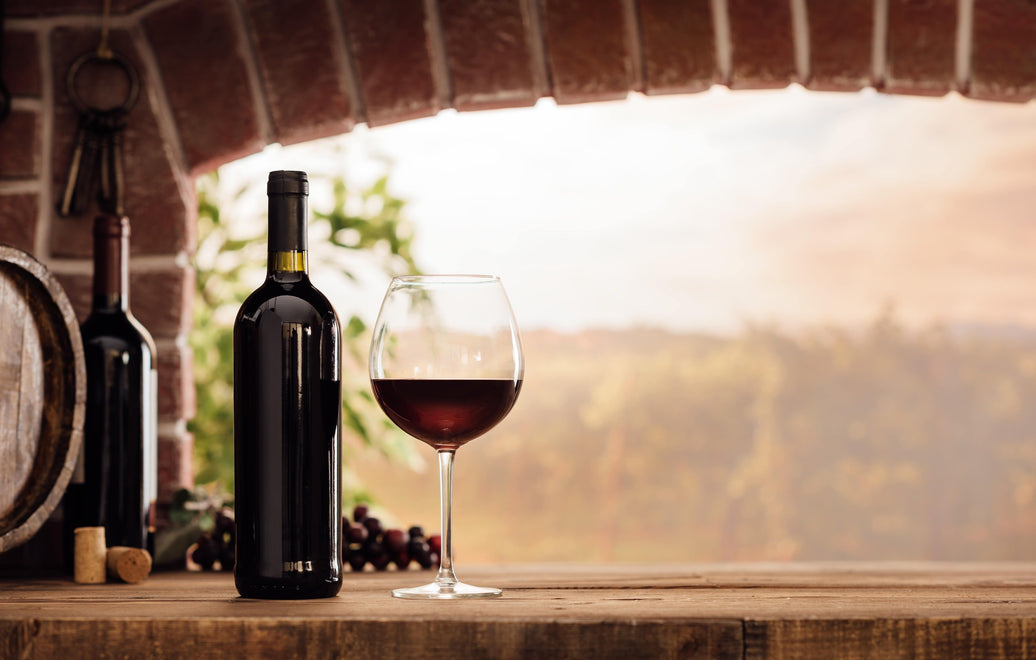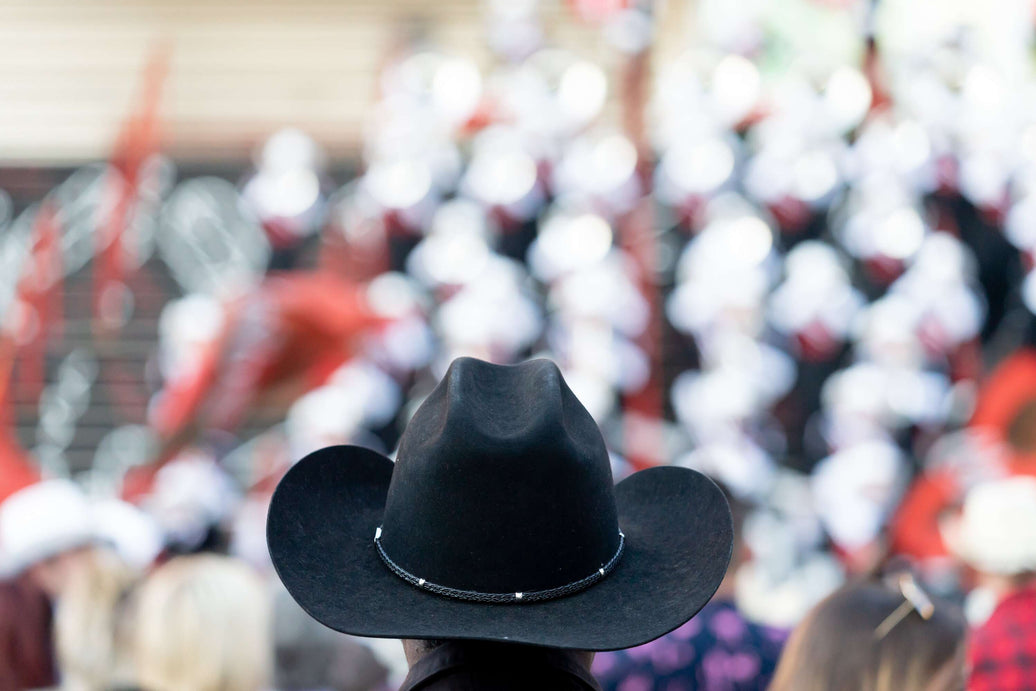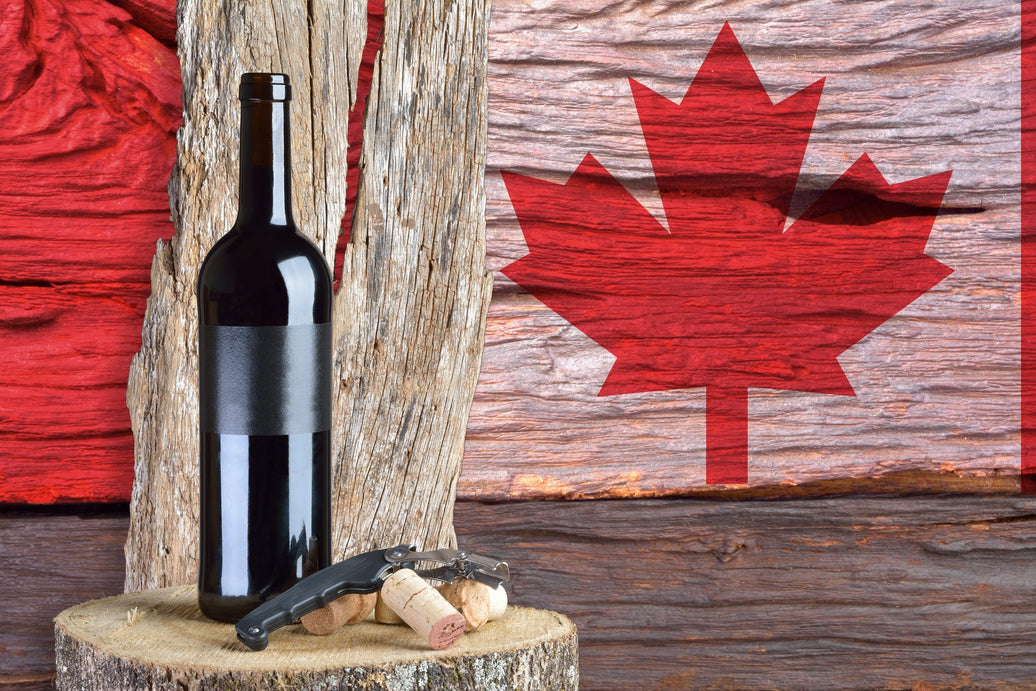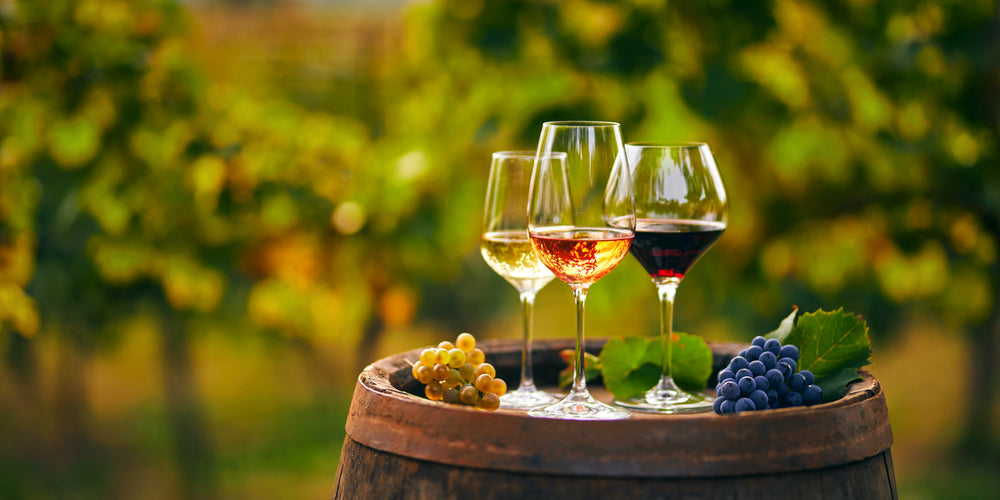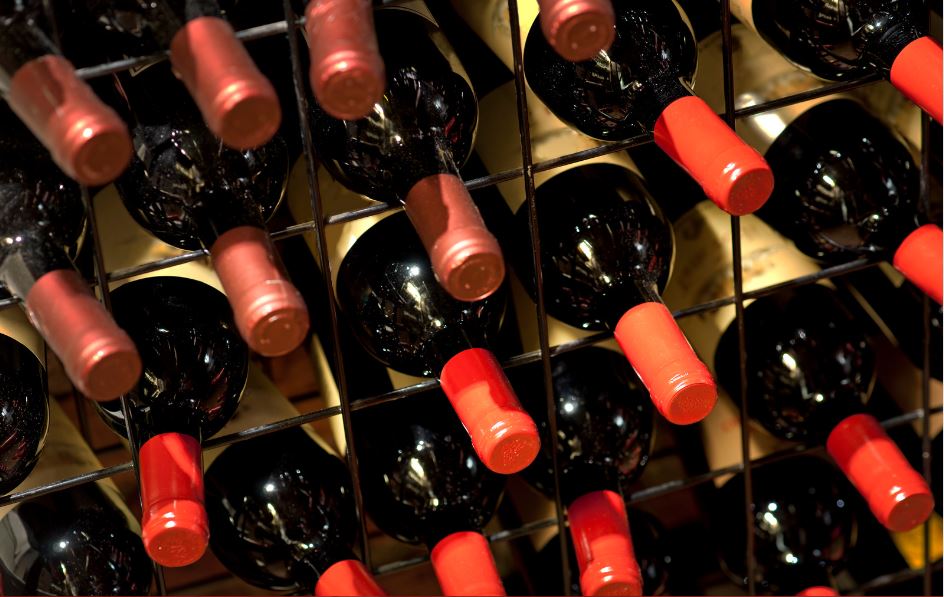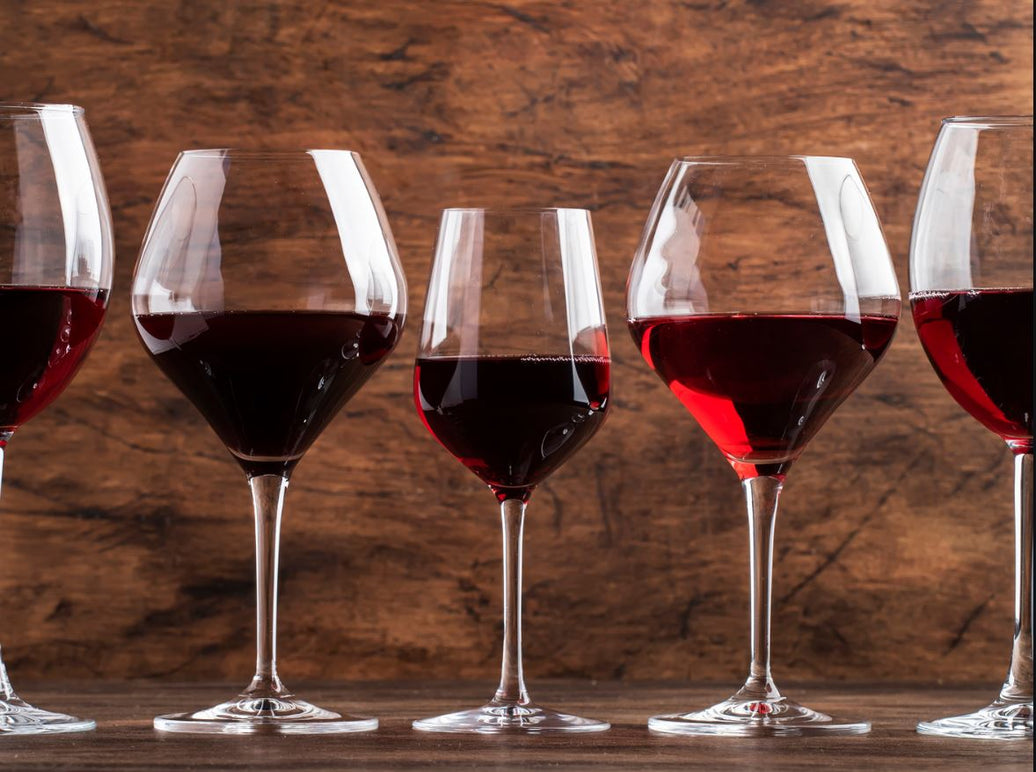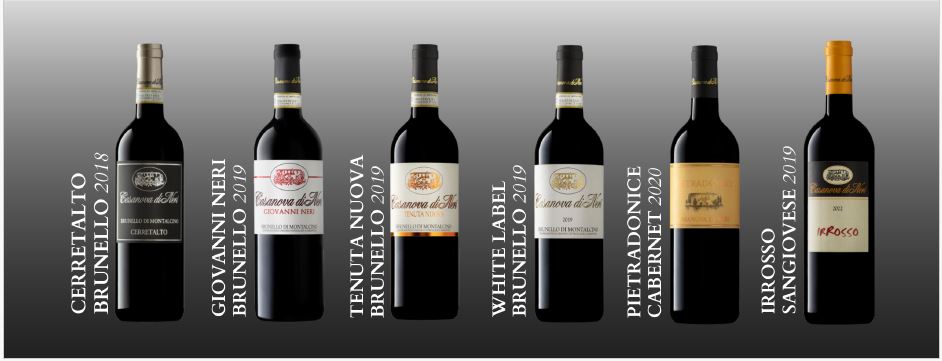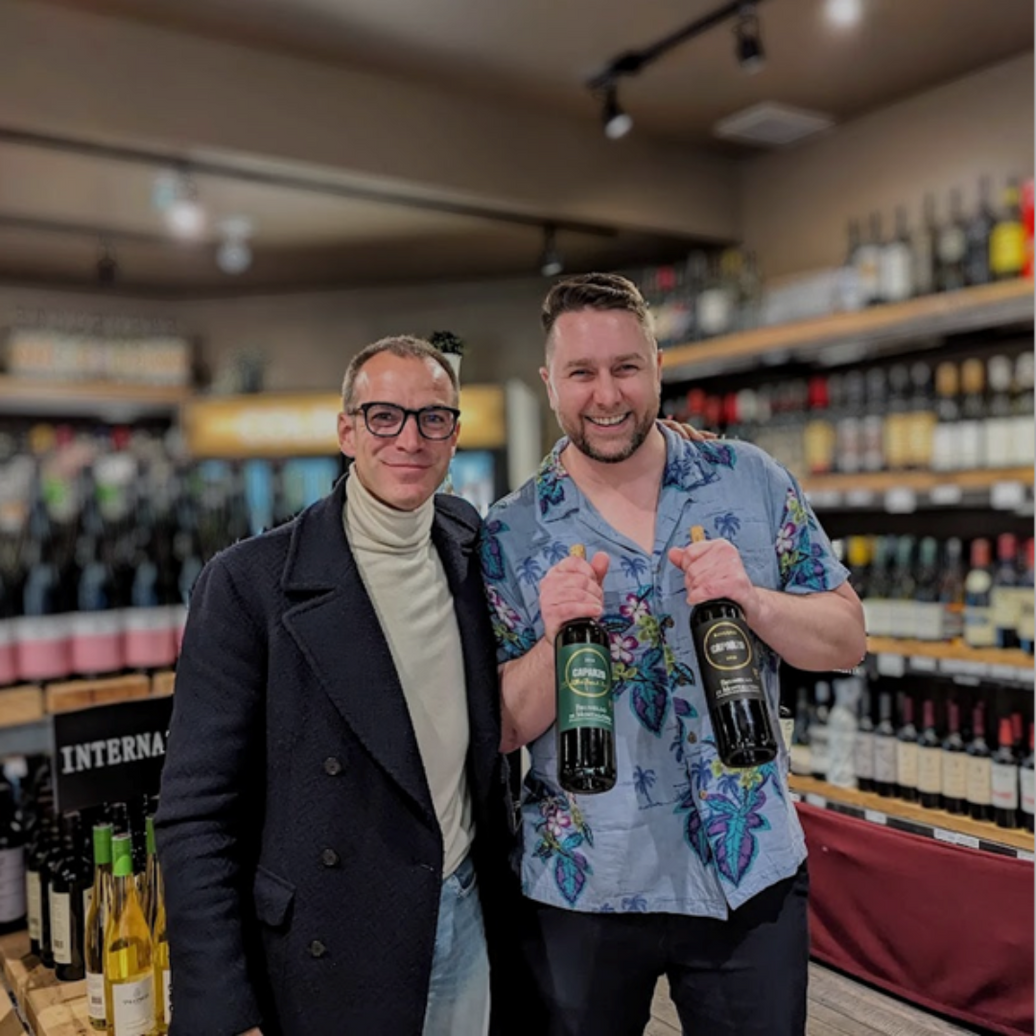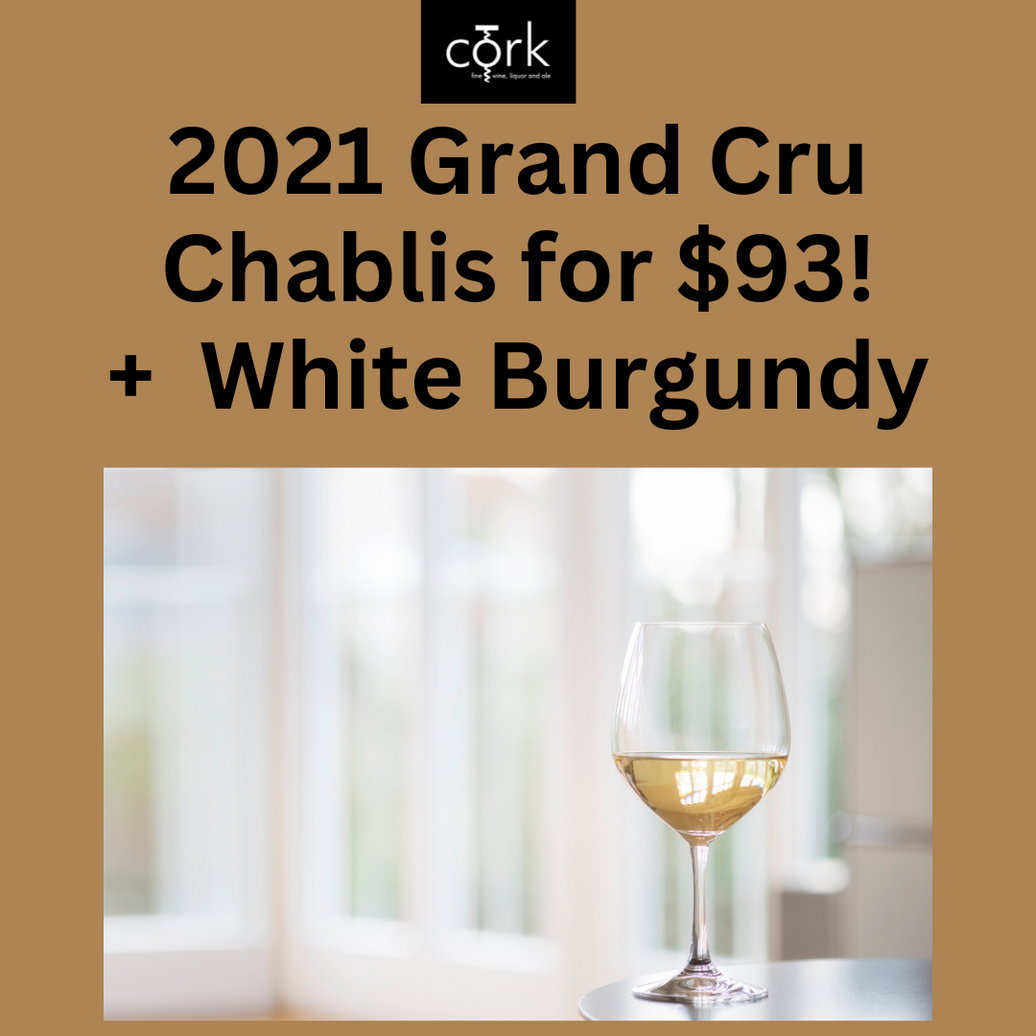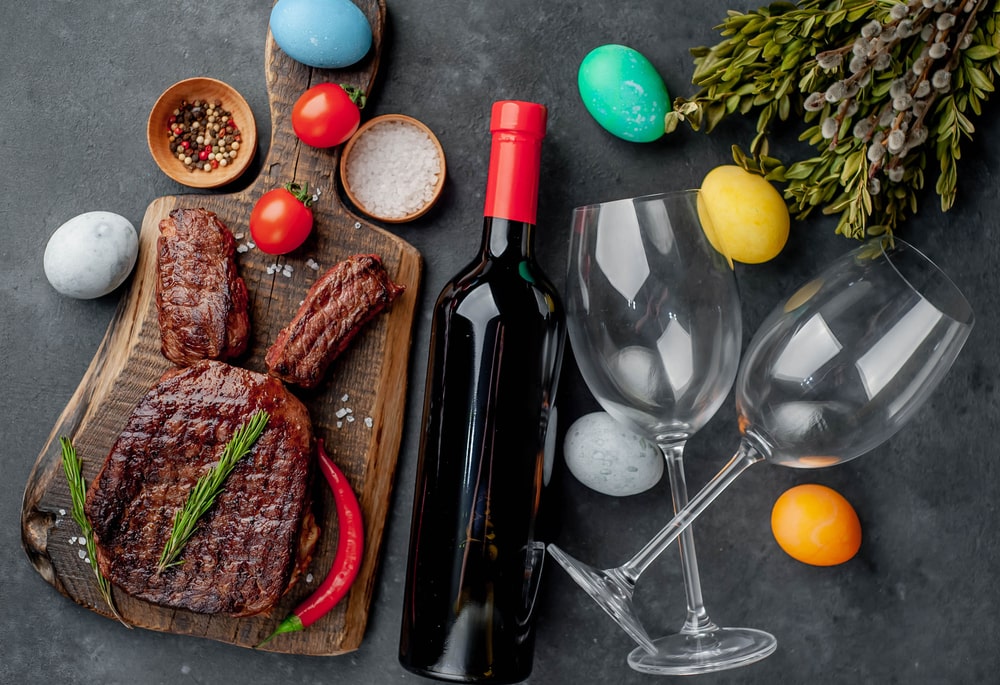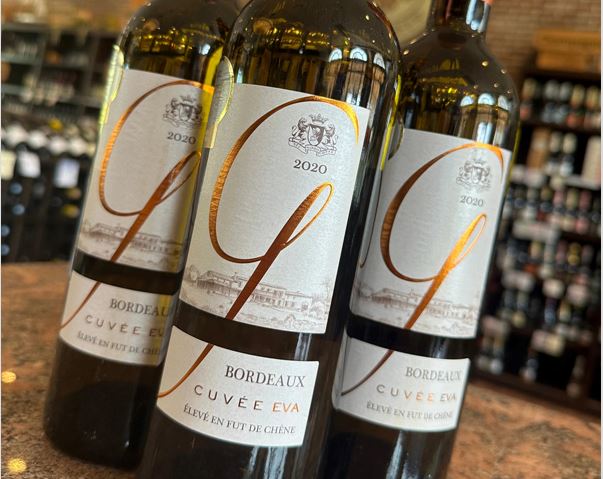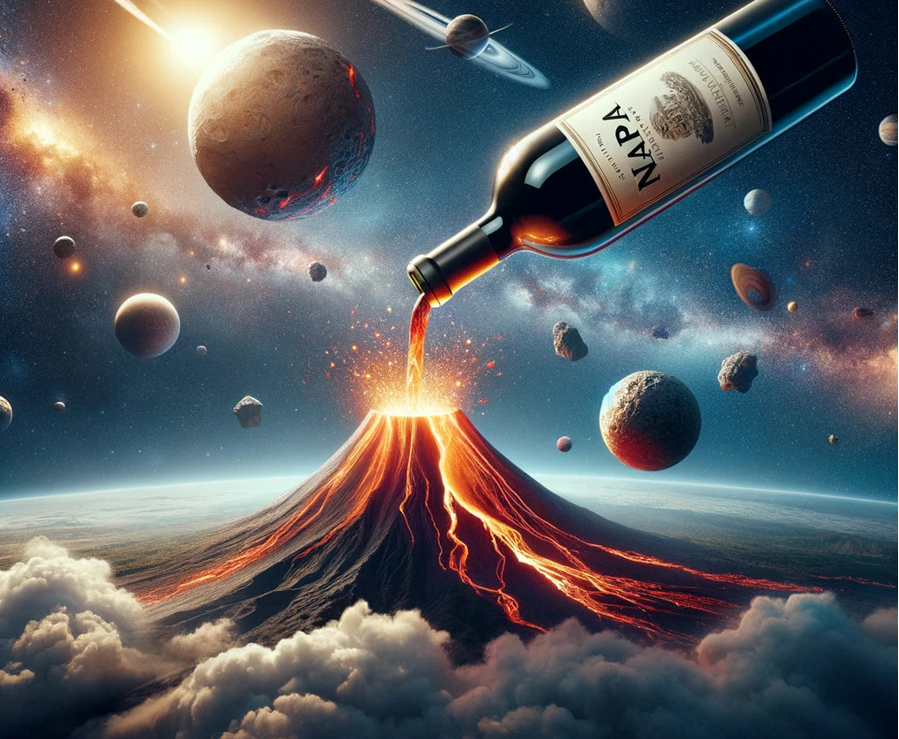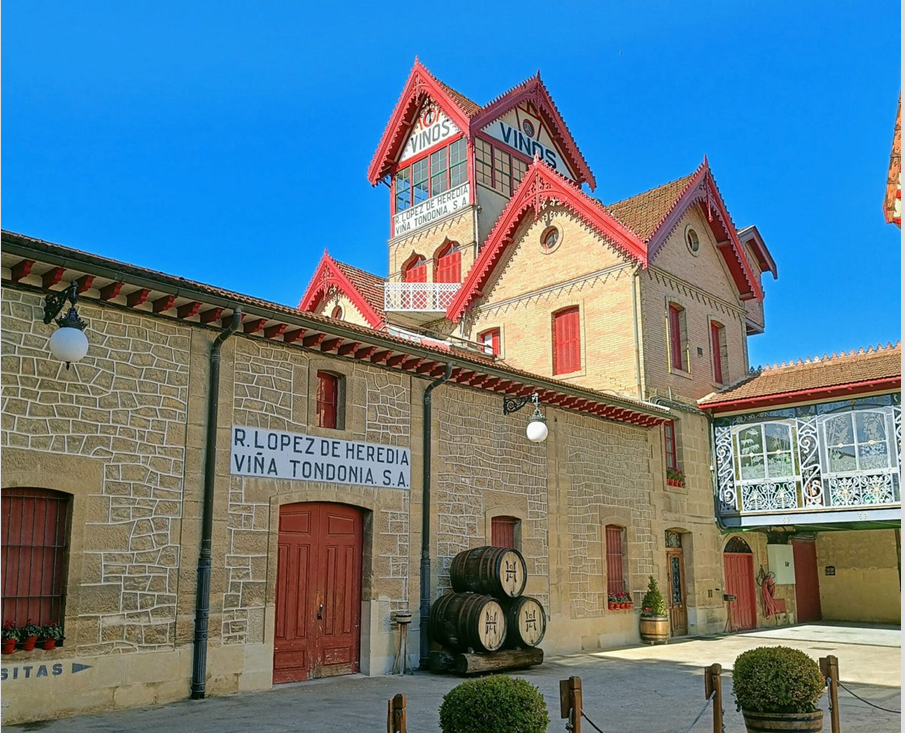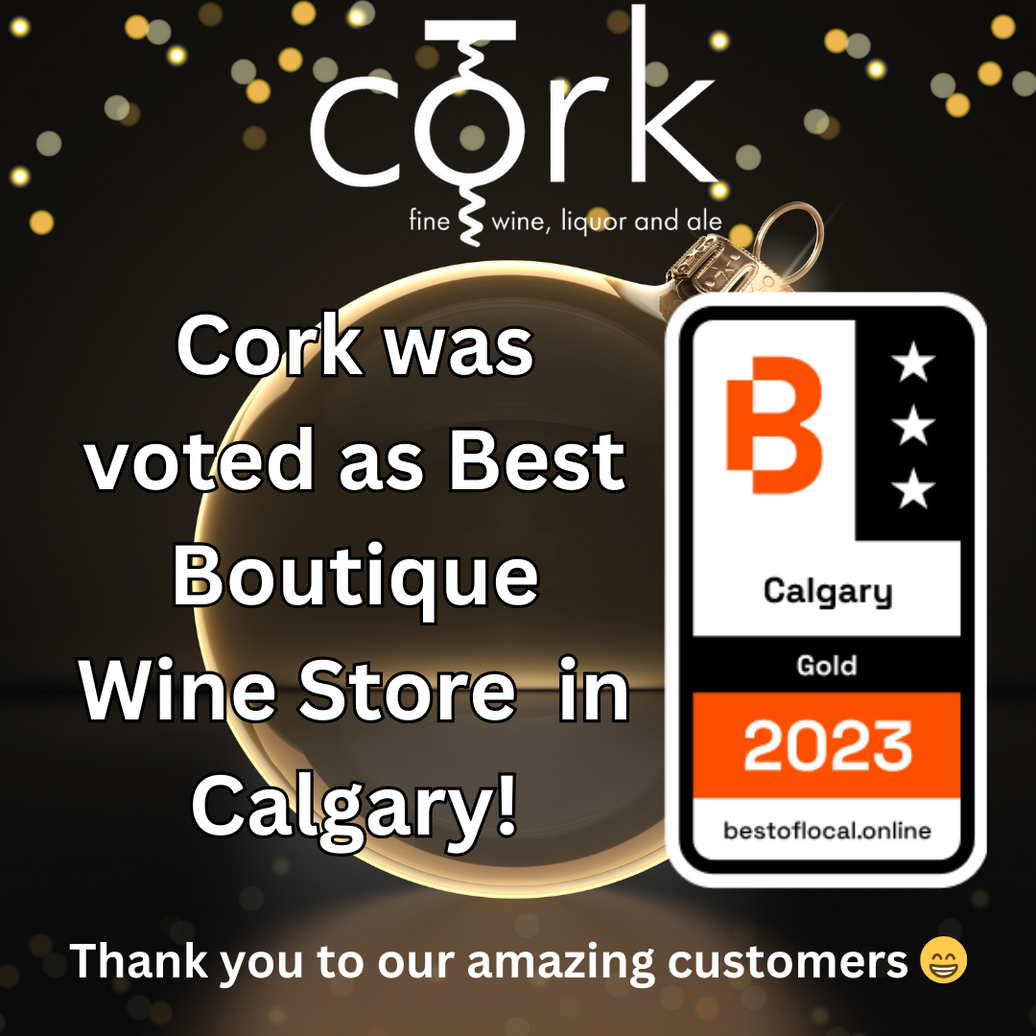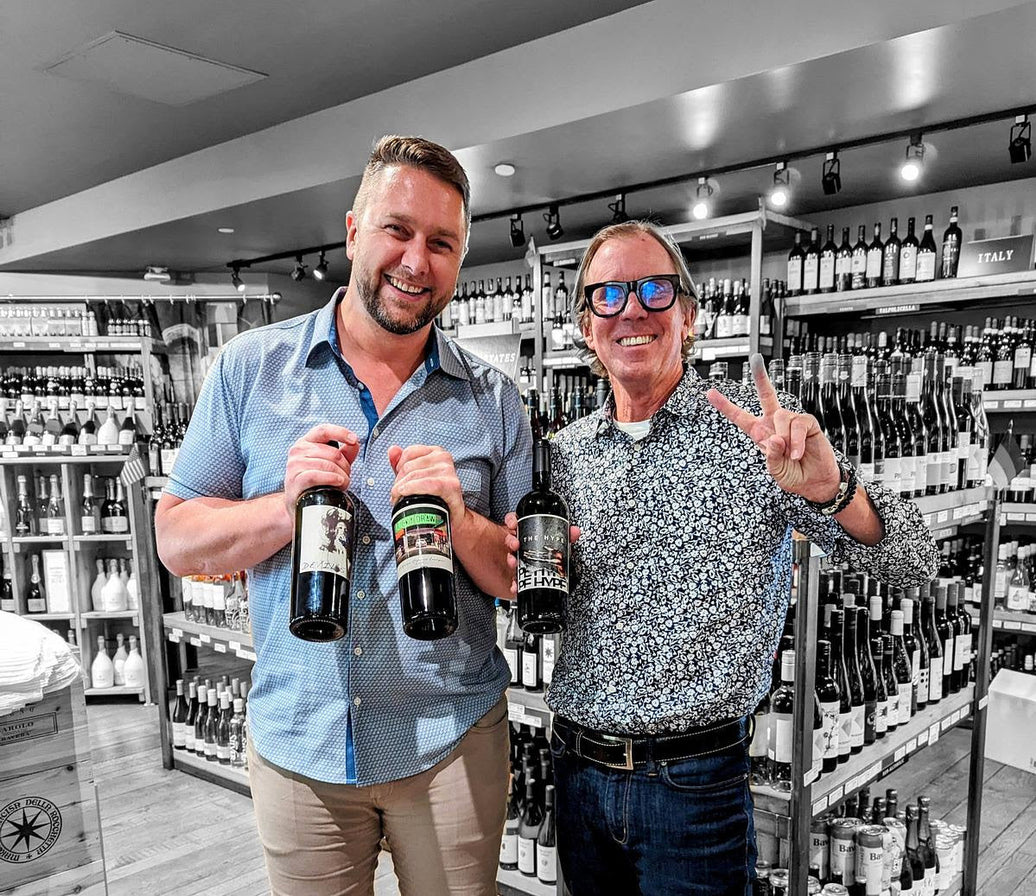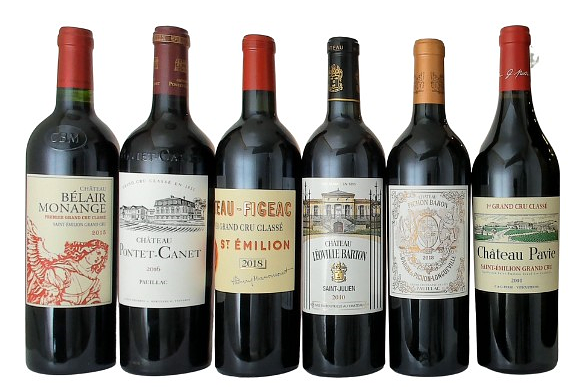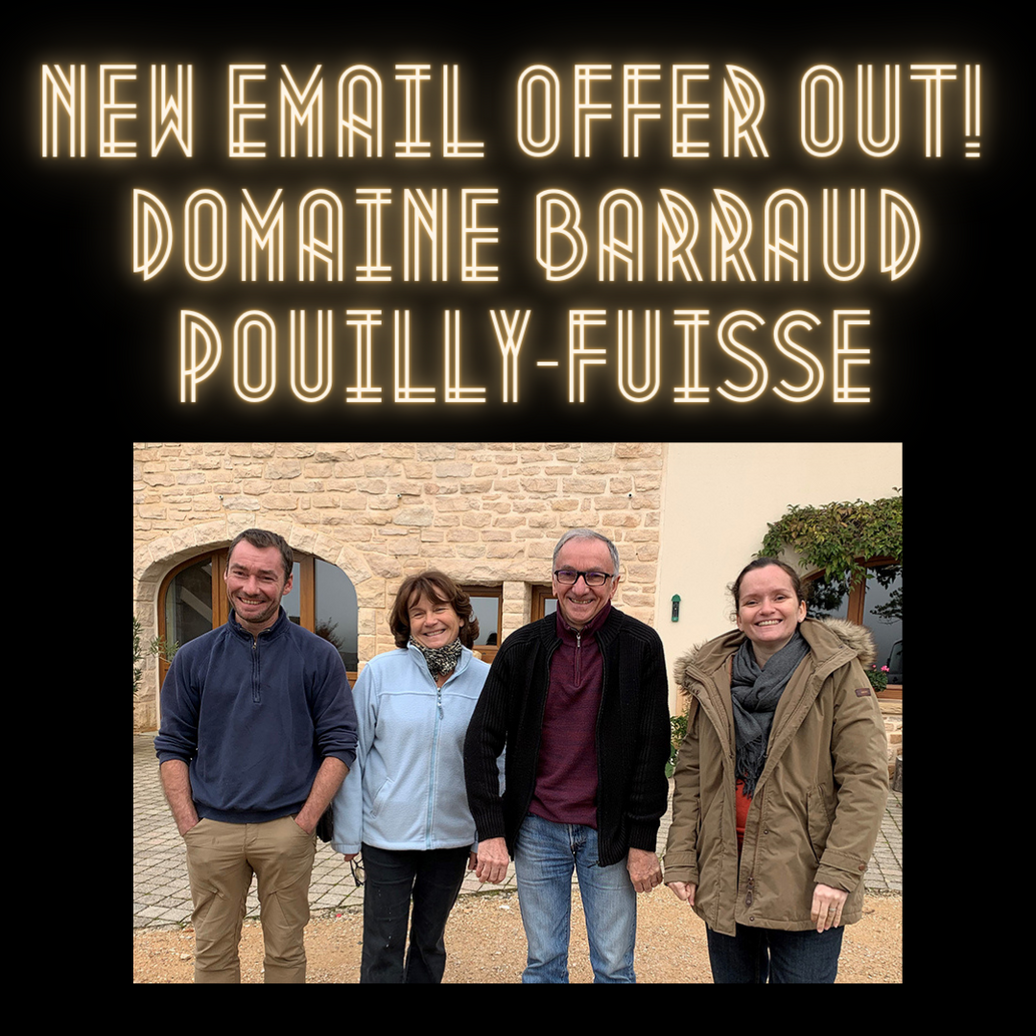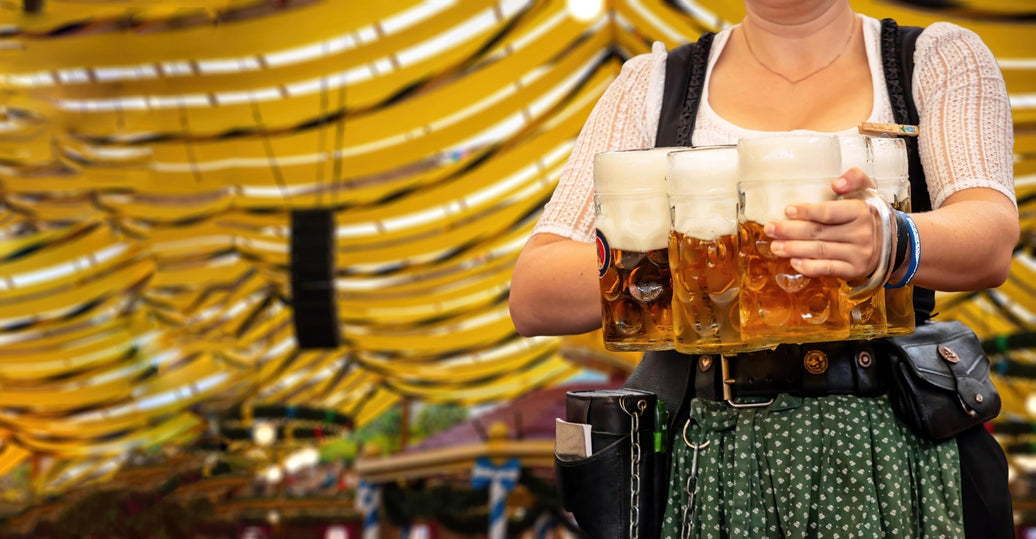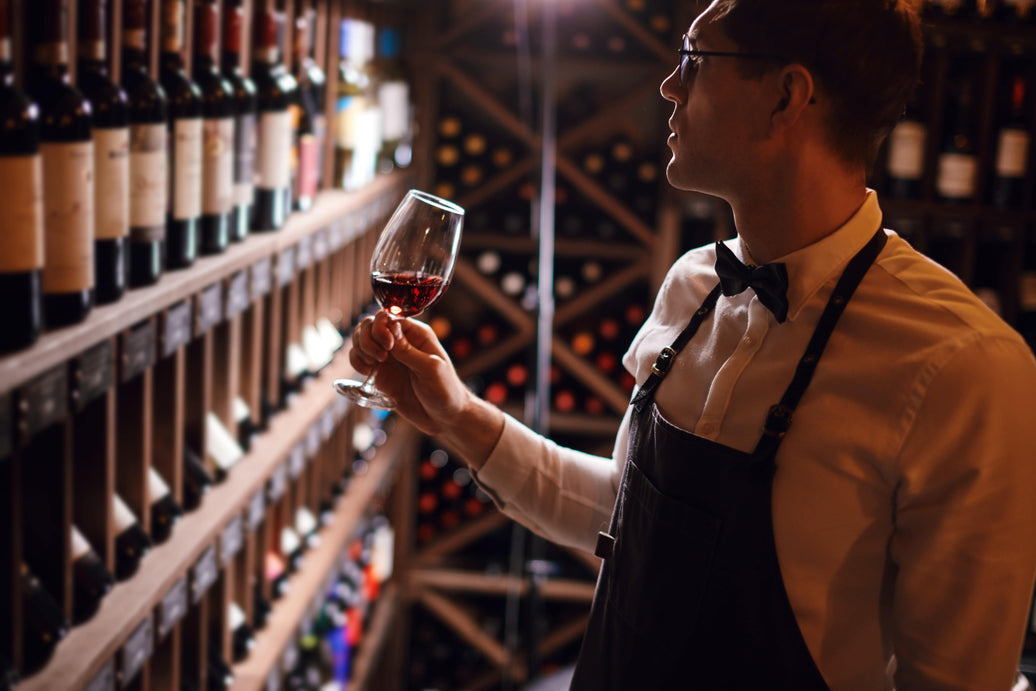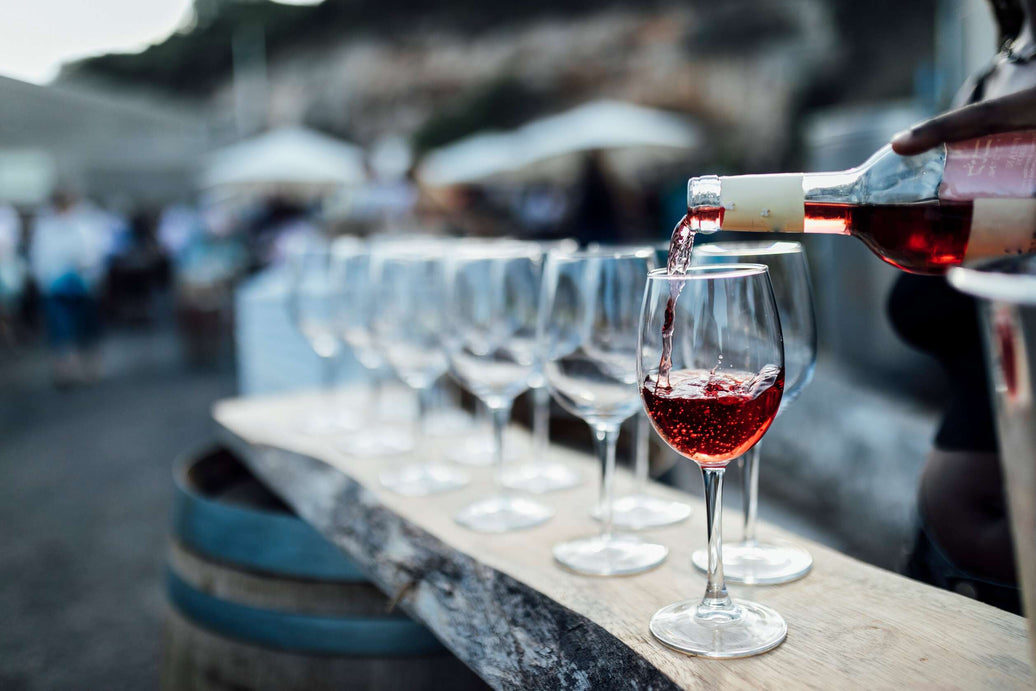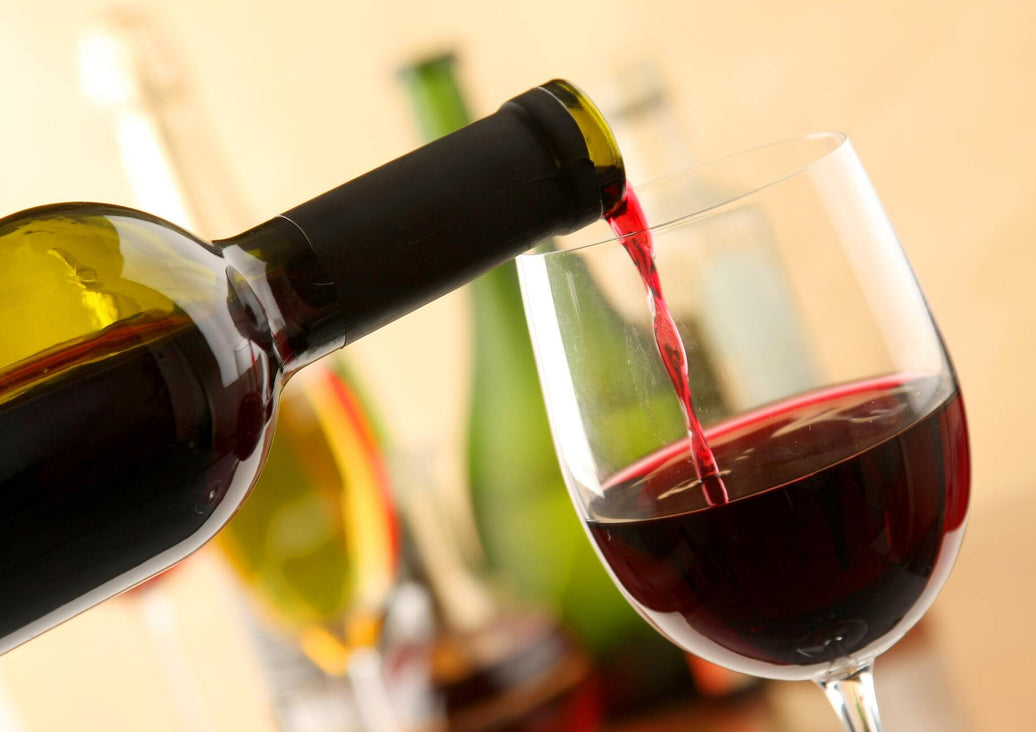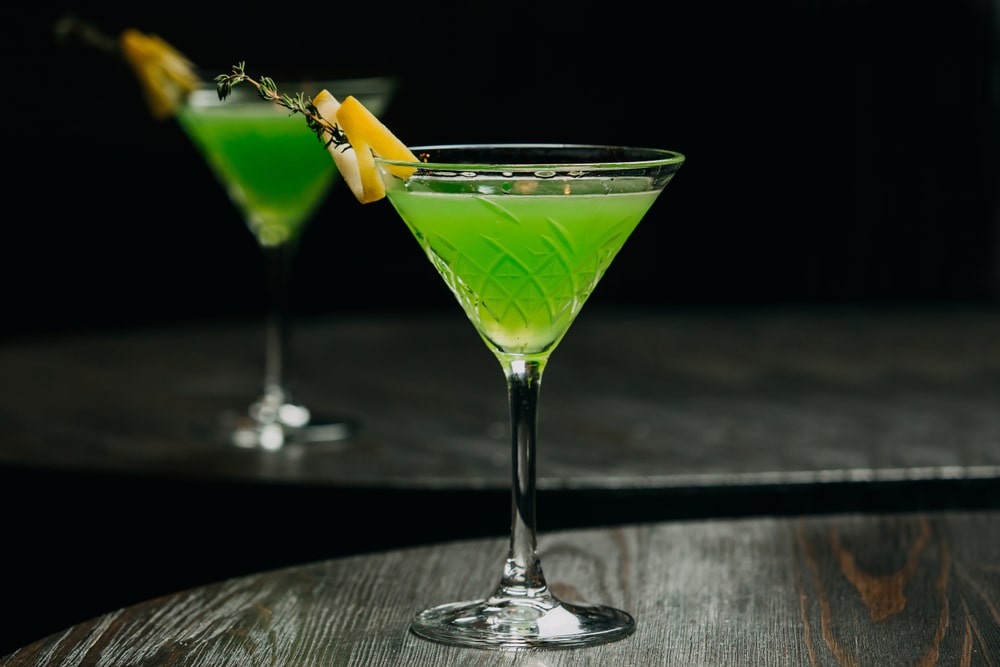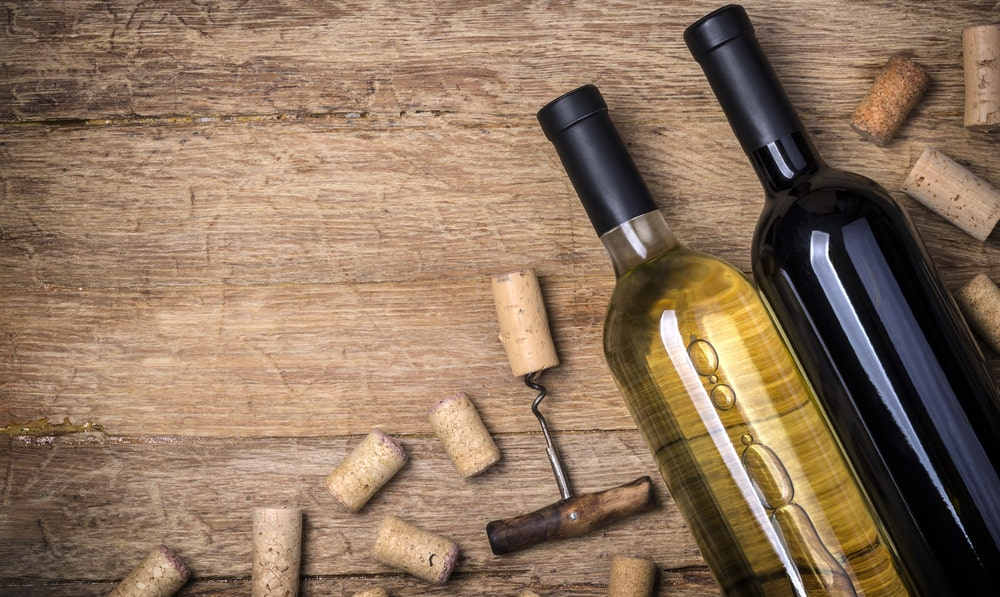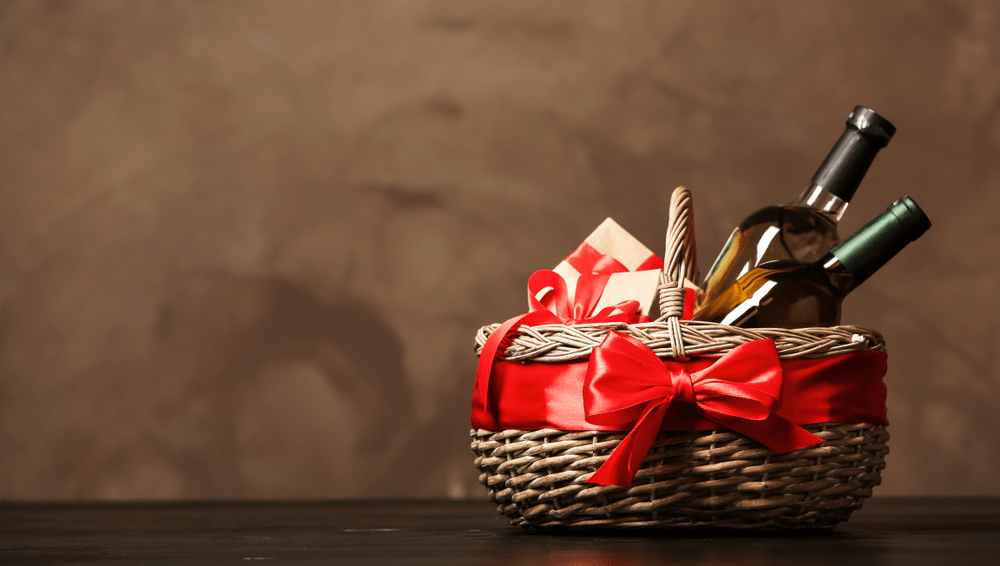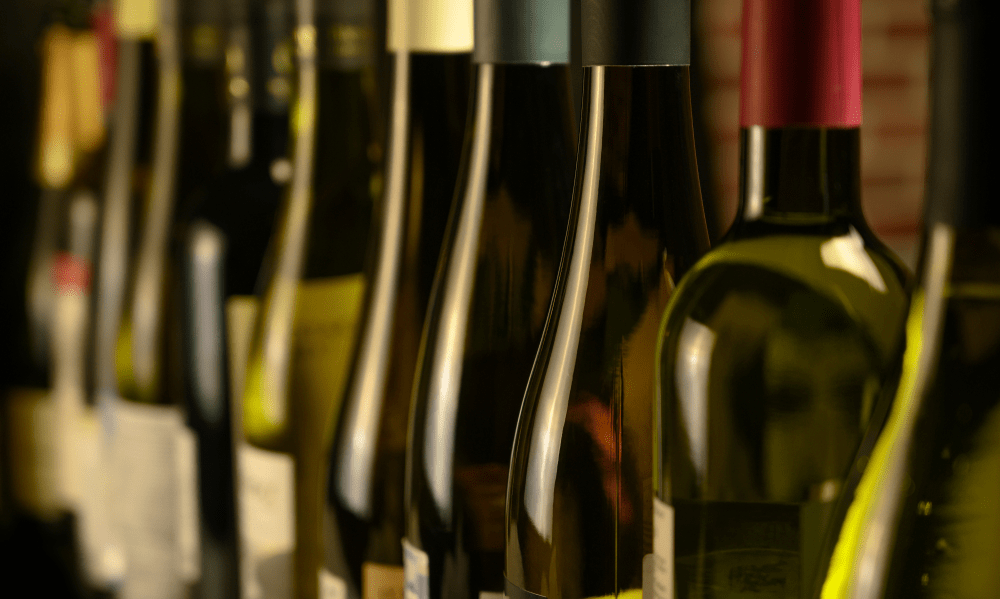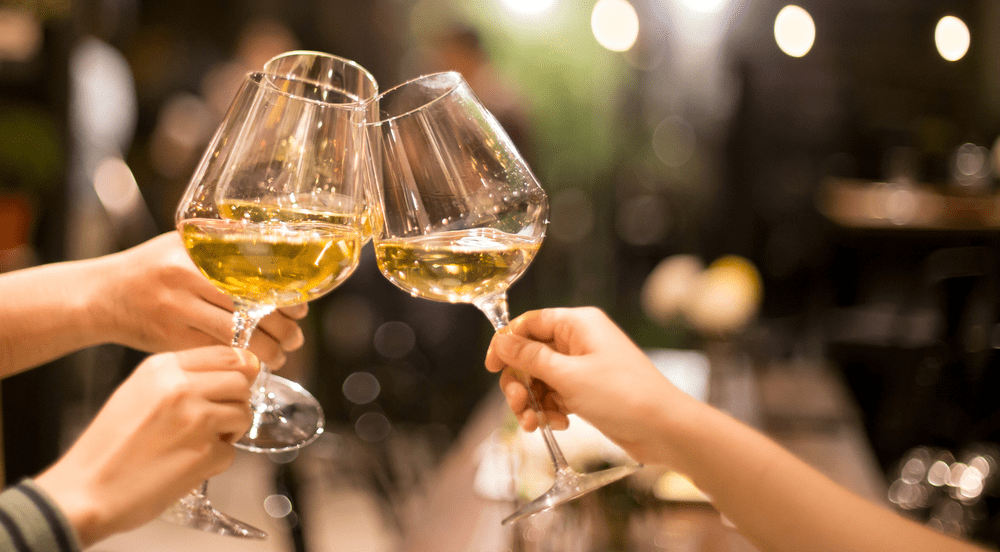6 Barolo Wines - Expert Recommendations:
Cellar Worthy Barolo Wine

Paolo Scavino Barolo 2020
A beautiful Barolo that undergoes some malolactic fermentation leading to a slightly more creamy or fuller mouth feel that typical Barolo. Aromas of ripe berries, ripe plum, camphor, dried flowers and savoury spices. This can be enjoyed now with a decant but it can cellar for another decade. Buy a few bottles so that you can document its evolution!

Pio Cesare 'Ornato' Barolo 2020
From the renowned Ornato vineyard, this limited-production Barolo reflects Pio Cesare's philosophy of minimal intervention, yielding wines with supple yet powerful character. The stellar 2020 vintage delivers a structured wine with firm tannins and concentrated dark fruit flavours like blackberry, damson plum and ripe cherry followed by chocolate, cinnamon, candied blood orange, bay leaf and dried thyme. Complex and should be enjoyed after 2030.
Best Value Barolo Wine

Reversanti Barolo 2020
Reversanti is more of a modern co-operative label, designed to deliver accessible Barolo at a sharp price point. The wines are clean, fruit-forward, and approachable young – a great introduction to Barolo without the premium cru price tag.

L’Astemia Cannubi Barolo 2019
This is a great value option for a cellar worthy Barolo. A complex Barolo that is elegant with a long finish. It has firm tannins and could do well with 5 or so more years in the cellar. The wine shows pleasant notes of fresh strawberries followed by ripe cherries, purple flowers, savoury spices, and cedar.
Best Barolo Wine to Drink Now

Marcarini ‘Del Commune di La Morra’ Barolo 2020
Produced by the esteemed Marcarini winery in Barolo’s La Morra commune, this wine showcases the elegance and complexity of Nebbiolo from prime limestone-rich vineyards. Expect layers of red plum, rose petal, leather, and subtle baking spices, with a firm yet polished structure. Ideal alongside wild mushroom risotto or slow-roasted lamb, perfect for those seeking an approachable Barolo that can be enjoyed now.

Renato Corino Barolo 'Comune di La Morra’ 2019
Renato Corino makes some of the best sub $100 Barolo year after year! The 2019 La Morra Barolo was drinking well upon release and continues to shine.
Top Barolo Producers You Need to Know
There are so many exciting and wonderful producers from Barolo making exceptional wines that it is difficult to pick top producers. Here’s a list of just some that really stand out and are often available in our store. Some are available for purchase on our website, but the very best ones do sell out at pre-order. Want access to these exclusive wines? Join Cork Fine Wine Club to be the first in line to pre-order!
This list is not in any order:
Giacomo Conterno
Giovanni Conterno is considered the father of Traditional Barolo. He started making Barolo with long macerations aged in large old Slavonian Oak Botti since the 1930’s when it was considered avantgarde. Giacomo has continued this tradition.
Bartolo Mascarello
Another traditional house. Despite having some of the vineyard sites, they continue to make their Barolo using a mix of grapes from various vineyards as opposed to releasing single vineyard wines. They have been family owned and operated since 1918.
Marcarini
Based in La Morra, leans classic and elegant. They’ve been producing Barolo since the 1850s and still ferment in concrete and age in large Slavonian oak. These are graceful, aromatic wines that speak clearly of their high-altitude La Morra origins – especially in sites like Brunate.
Paolo Scavino
They were one of the first estates to bottle single vineyard Barolo in 1978. They farm in 19 different MGAs among 6 communes. Their wines really show the differences in terrior between sites. They also practice more modern winemaking like temperature-controlled fermentation and aging in new French oak.
Gaja
Although Gaja mostly works in Barbaresco, they do produce some Barolo and there’s no way we wouldn’t include them. Gaja is often regarded as one of the greatest wine estates in the world. Gaja’s wines are in a league of their own, defying simple labels like "traditional" or "modern." As David Gleave, MW and renowned wine importer, puts it, “Gaja is Gaja.” This reputation stems from their willingness to take bold risks. These wines hardly reach our shelves and are sold through pre-orders only!
What Makes These Barolo Wines Stand Out?
All of that tannin talk might sound scary, but trust us, most Barolo is worth the hype! Barolos are age worthy and powerful not like a body builder but more like a boxer. Think lively (hello mouth-watering acidity) with a ton of flavour. They pair beautifully with meats and rich dishes. The best Barolo’s demand a moment of reflection at the dinner table.
Barolo Background
Barolo is one of the world’s most famous wine regions, cherished by professionals and collectors alike. Its winemaking history dates back to the 1700s, though the wines of that era—sweet and sparkling, as noted in Thomas Jefferson’s journals—were vastly different from today’s full-bodied, age-worthy Barolos. By the 1800s, shifting tastes and technology led to the dry, structured style we know now.
The "Barolo Wars" of the 1970s further shaped the region. Traditionalists crafted intensely tannic wines from Nebbiolo, requiring decades to soften—a challenge for most drinkers. Younger winemakers, seeking more approachable wines, embraced riper, concentrated styles with softer tannins. This divide eventually softened, with most producers now blending both techniques. Why does this matter? Knowing a producer’s style helps you gauge a wine’s drinking window—whether you want a bottle to cellar or enjoy tonight.
The Art of Selecting Barolo Wines
Following the Barolo Wars, the wine region received DOCG status (the highest authentication status in Italy) which set up some ground rules. Aging requirements are among these ground rules that mean all wines labeled Barolo must follow certain steps to produce a standard good quality wine. Meaning, you can’t ever go totally wrong when selecting Barolo. That being said- there are some better examples and its key to know what you like and what to look for.
Traditional Barolo vs Modern Barolo
If you are shopping in store with us we want to know when you plan on opening your Barolo so that we can steer you to the right direction as some Barolo are not meant to be enjoyed in their youth while others are not meant to age an additional decade. Also, there is a matter of personal taste, some palettes like highly tannic wines and can handle younger Barolo. If you are new to them though, we suggest starting with softer styles so that you can taste them sooner and understand your personal taste from there.
Luckily most producers follow Traditional or Modern Barolo winemaking so knowing a producer allows one to select the right wine for the wine occasion. Not interested in taking an entire course on Barolo winemaking techniques just to buy a few bottles. You don’t have to! You can feel confident when you find a producer that you like, there’s a high likelihood you will enjoy their other wines. Also, we can work with you based off bottles you have liked to recommend similar choices to broaden your collection.
Barolo Communes and MGAS
The next factor to pay attention to is commune and land specific Barolos. Barolo’s various terrior have been well documented, like Burgundy and its various sub appellations and vineyards. Barolo has 11 distinct communes that impact the way the wine tastes. The following five communes are the most well-known and sought after.
La Morra
Serralunga d’Alba
Monforte d’Alba
Castiglione Falletto
Barolo
Menzione Geografiche Agguntive (MGAs) are delimited area of production/land that have been set apart for product specific styles of wines. These MGAs can be vineyard specific like Cannubi or Brunate or they can range vineyards like Bussie. We have recommendations for all these below.
We can make some generalizations about these communes like that La Morra with its younger soils will produce Barolos with softer tannins, a rounder mouthfeel, and more floral notes. Brunate, (an MGA and vineyard) is the top vineyard in La Morra. The Cannubi vineyard is in the Barolo Commune, it typically produces highly complex wines rich in style and tannins. Monforte Commune can make long aging powerful Barolo but there can be variance here as many producers in the area like to make Modern styles that can be enjoyed sooner. The Bussia MGA is in Monforte and it makes some of the most powerful Barolos.
Exceptional Barolo Vintages Worth Exploring
Vintages are very important when understanding and buying Barolo. Less than ideal vintages can sometimes be corrected by skilled vineyard management and well wine making. Exceptional vintages however are harder to replicate. If you are looking for exceptional vintages, see the following:
1996 – drink now or soon
2010 – drink now or hold
2013 – hold
2016 – drink now or hold
2018 – elegant, fruity, ready to drink now.
2019 – hold
2020 – hold
2021 – not released yet but will be great.
Why Choose Us for Your Barolo Wine?
We’ve gone over some of the most important things to look for when buying Barolo to decide whether to drink now or to hold. We strongly suggest working with wine professionals like us when purchasing Barolo since it is an investment (especially considering entry level cellar worthy wines will start at $100) and you’ll want to know the drinking window. We offer help instore, assist online and include a ton of information on our Cork Fine Wine Club newsletters and offers so that you can feel confident about your purchase.
To understand the various Barolo wines, vintages, vineyards, and producers someone generally needs a base of understanding of how wine is made. All our senior staff have completed wine education. Throughout each week we taste over 40 wines together and stay up to date on the latest wine news. We work hard to ensure that the tasting notes and information that we provide you is accurate and current. This includes checking vintages and wine labels closely so that we sell you exactly what you are expecting.
You will also see that we try to move product quickly. Although our store and cellar are kept as cool as possible, we want to be sure that no wine sits out for a long period of time. This is so the wine is protected so when you move it to your cellar you know if was stored correctly.
